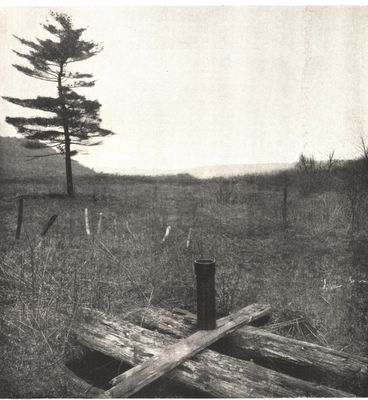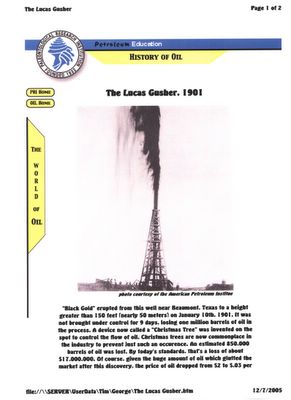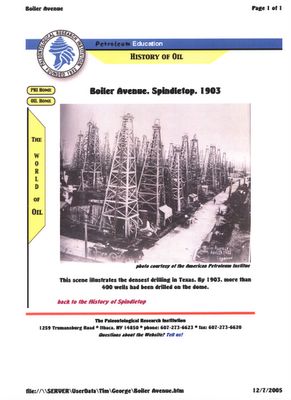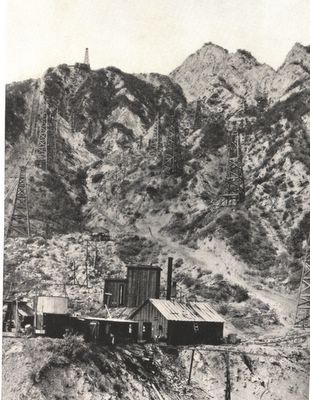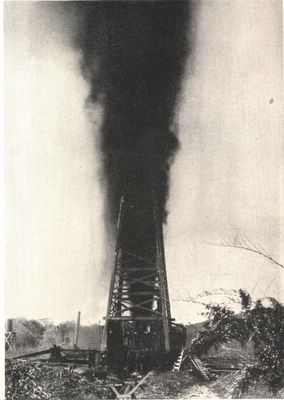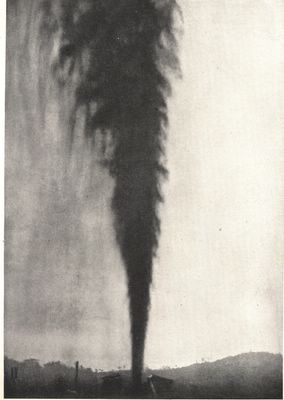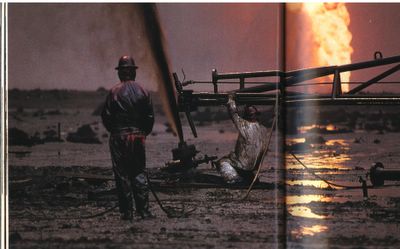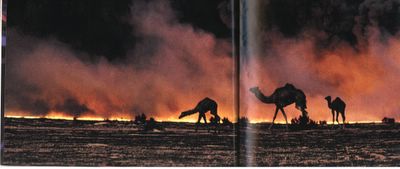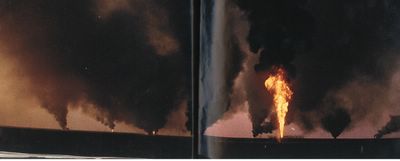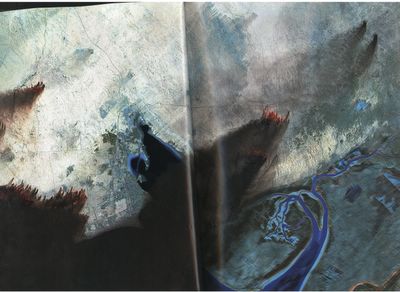Produced 40 BBLS/day, 69' Deep.
Click on any Picture to Enlarge than
Click on "Back " above to continue.
Black and white pictures from National Geog. Feb 1920. Site of America's Pioneer Oil Well, Aug 28, 1859, when Edwin L. Drake struck it rich, near Titusville, PA The bore hole was only 69 feet and produced a flow of 40 bbls per day which soon dropped to 15 bbls per day. For his efforts, poor Drake received only a small annuity from Pennsylvania and a monument from the industry he founded.

